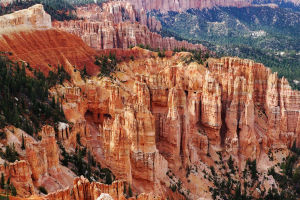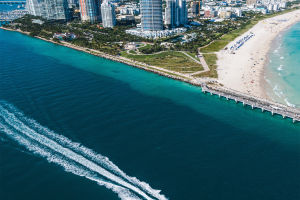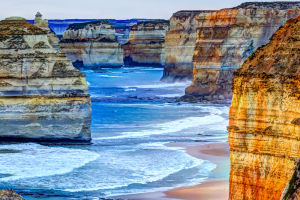What do Netherlands windmills do?
The Dutch windmills historically served two main purposes: drainage and industrial use.
Drainage purpose windmills
These windmills were primarily built to drain water from low-lying areas into higher canals, making the land habitable.
The Kinderdijk windmills fall into this category, with a network of 19 windmills working together to keep the region dry.
Industrial purpose windmills
These windmills harnessed wind energy for tasks like grinding grains into flour or spices and sawing wood. Unlike drainage mills, these were profit-oriented and owned by millers.
How do the Kinderdijk windmills work?
The drainage system at Kinderdijk is ingenious. The network begins by pumping water from the polders (low-lying land) into elevated canals. From there, it flows into the river “The Lek.” Although the windmills are no longer actively used for drainage, they remain functional and serve as historical landmarks.
Are the Kinderdijk windmills still used?
While diesel-powered stations have replaced the windmills for drainage, the windmills are still operational. Families of millers reside in these windmills, maintaining them and ensuring their proper functioning.
Why is Kinderdijk a UNESCO World Heritage Site?
Kinderdijk is a remarkable example of Dutch ingenuity in water management. With a significant portion of the Netherlands below sea level, windmills played a critical role in creating habitable land. The 19 windmills at Kinderdijk are a testament to human resilience and innovation in hydraulic engineering.
Fun Facts about Kinderdijk and windmills
Millers as a profession
Millers were always on-call to operate the windmills.
Inhabited windmills
Most of the 19 Kinderdijk windmills are still homes to millers’ families.
Miller traditions
During their initiation, millers were tied to a windmill’s blade and spun around.
Unique communication
Millers signaled significant events like births or deaths using the position of the windmill blades.
Practical Information about Visiting Kinderdijk
Cost of visiting
You can explore the area for free, but for €9, you can watch a film on Kinderdijk’s history, visit two museum windmills, and access the Kinderdijk app.
Opening hours
The windmill complex is open daily from 9:00 to 17:30, with timed entry slots to manage crowds.
How long to visit?
Allocate 2-4 hours for a relaxed exploration of the area.
How to Get to Kinderdijk
From Rotterdam
Dear Lykkers! Take a 30-minute waterbus ride (€16.50 combo ticket for waterbus and entry).
From Amsterdam
Travel by public transport takes around two hours and costs approximately €22 one way.
When is the Best Time to Visit?
For pleasant weather and smaller crowds, visit in spring (March-June) or September. High season is in July and August, while October to March offers quieter but colder conditions.
Where to Stay and Eat
Stay
Choose accommodations in nearby villages for a quiet experience or opt for hostels in Rotterdam or Amsterdam.
Eat
Bring your own snacks for a picnic or try local Dutch cuisine at restaurants near the complex.


